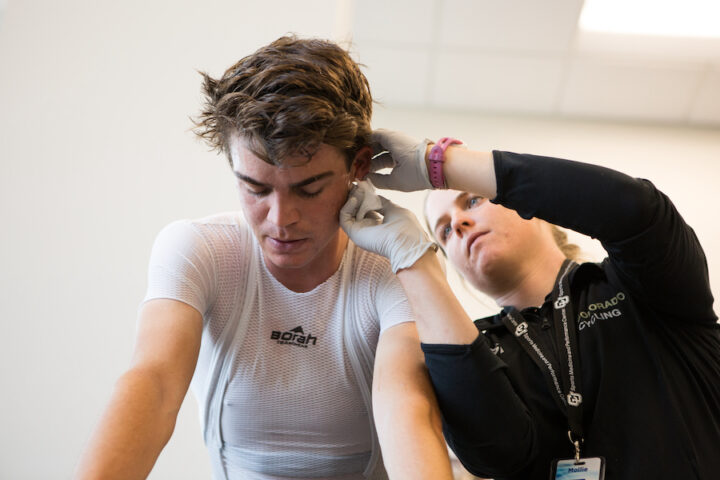
The Endurance Athlete’s Guide to VO2max and Lactate Tests
Find out all the dos and don’ts of physiological testing as we break down VO2max and lactate/ramp testing.
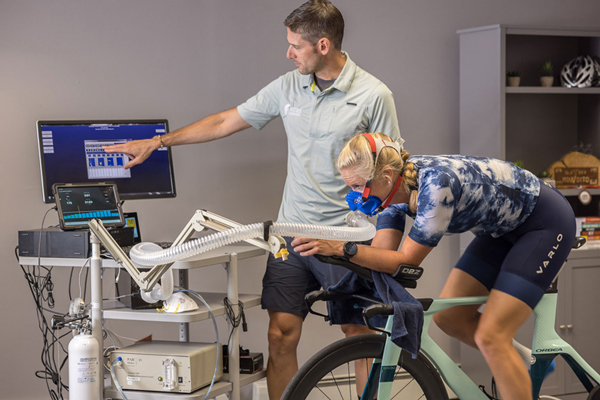
Humans aren’t machines—we’re much more complicated. Exercise physiology involves changes in the body from exercise and rest.
From anaerobic threshold to environmental acclimatization, from FTP to PGC-1 alpha, we explore the science of human performance.

Find out all the dos and don’ts of physiological testing as we break down VO2max and lactate/ramp testing.
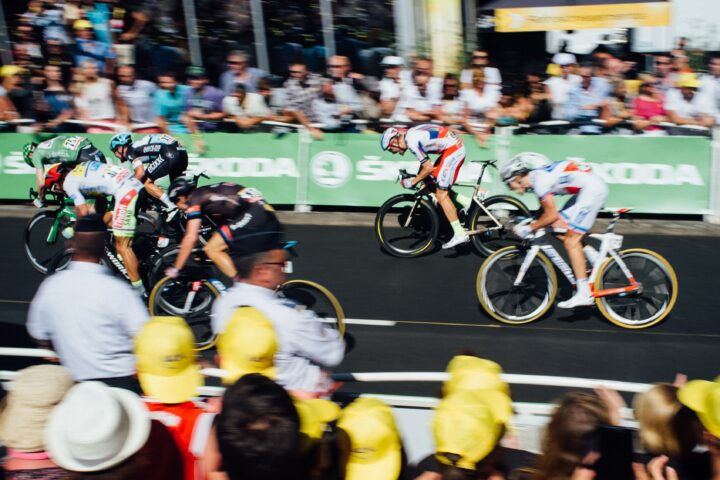
We explore the physiology of race season—how to find top-end fitness, how long it takes, and the best ways to do it.
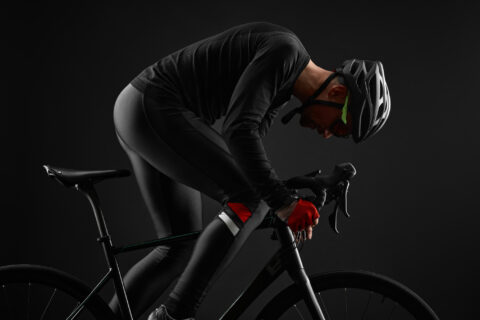
Your lactate threshold may not be what you think it is. Coach Trevor Connor explores the true definition of this physiological turn point.
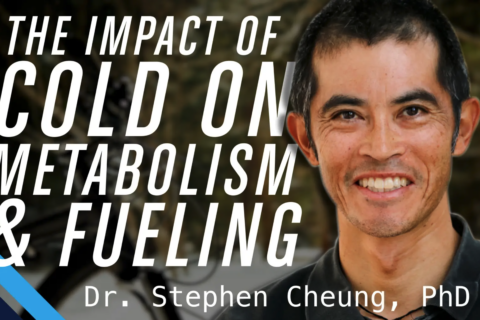
Environmental physiologist Dr. Stephen Cheung addresses whether the amount of fat and carbohydrate used for energy changes with the temperature.
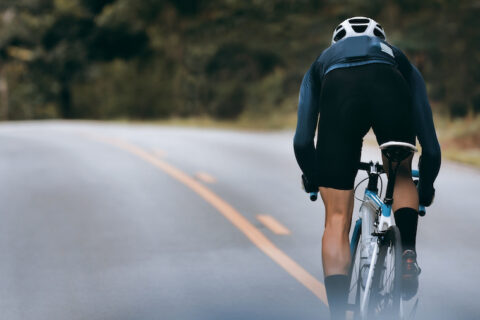
Doing more sprint work and cadence drills on your rides could lead to substantial performance gains.
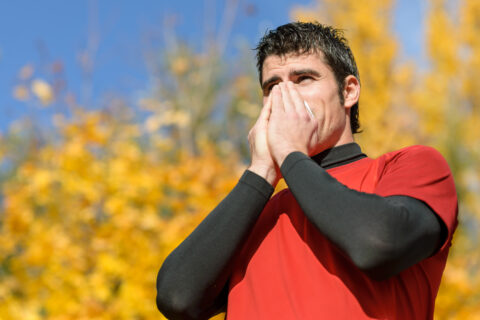
The closer we get to peak fitness, the more vulnerable we may become to illness. We explore how to prevent illness, and how to train effectively when it strikes.
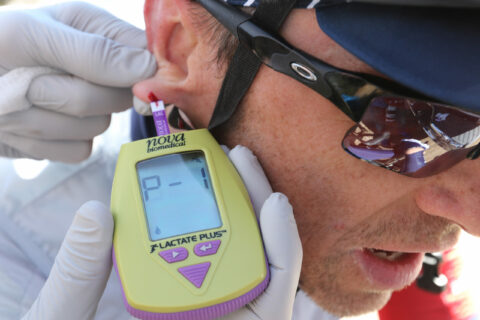
As more athletes decide to dive into do-it-yourself lactate testing, we explain how to best conduct measurements and how to avoid the most common mistakes.

We look at the latest research on the safety, benefits, and precautions for expecting mothers.
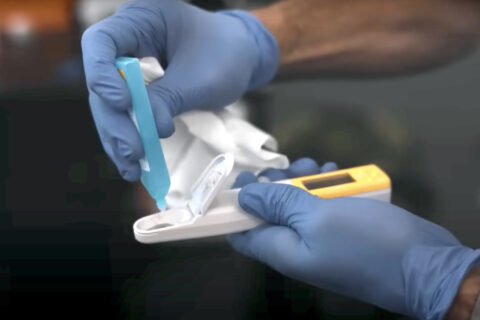
We detail the integral role that water and sodium play in our physiological processes, and how understanding sweat rate and composition can improve performance, recovery, and health.
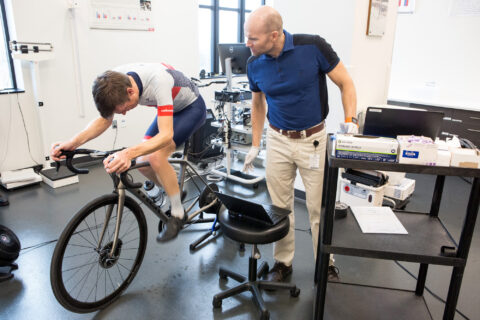
Physiological testing is a powerful tool to fine-tune your training and optimize performance.
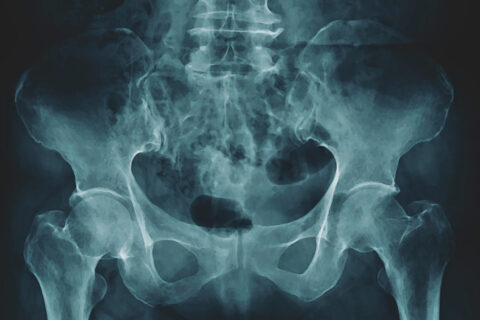
A 2023 study claims cycling can cause significant bone density loss in as little as a year. Is there more to the story?
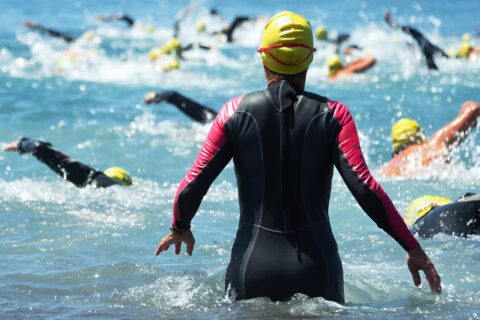
Most athletes who die in triathlons succumb during the swim leg. We explore why that is, and how to reduce the risk for your next event.
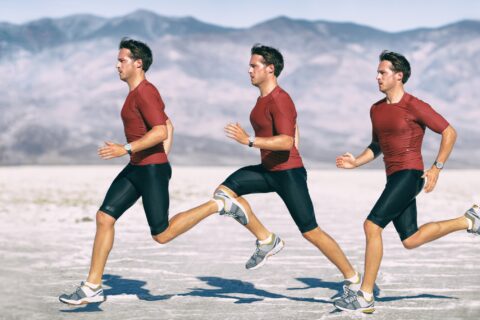
Performing a gait analysis may be necessary to troubleshoot recurring injuries or improve run speed.
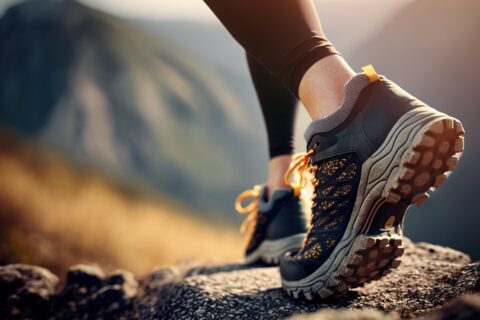
Chronic heel pain can plague many athletes. With the help of a few therapeutic movements and treatments, you can try to relieve your plantar fasciitis symptoms.
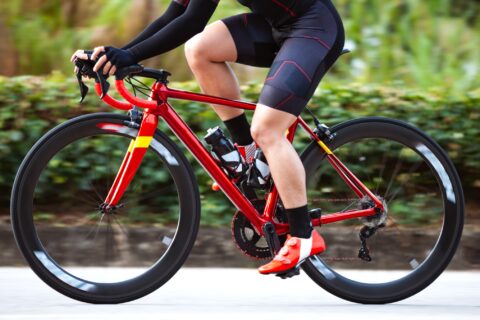
There’s conflicting and inconclusive evidence on how to properly treat IT band syndrome. We break down some of these common treatments so you can get back to your sport better than before.
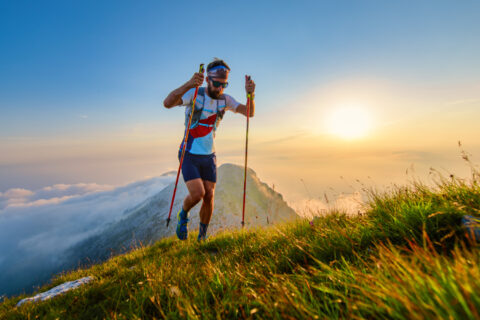
An athlete’s rate of perceived exertion, or RPE, is one of the most underappreciated metrics. For ultra-athletes who are closely in touch with their bodies and minds, working with RPE is an essential component to training and racing.
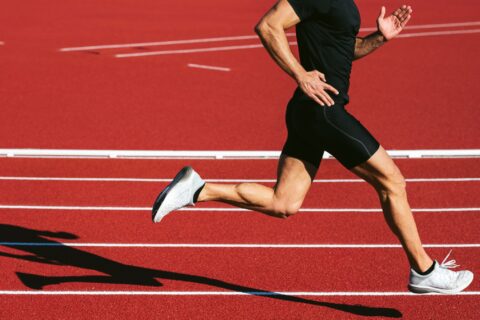
Increasing your mileage may also lead to an increase in knee pain. Learn about runner’s knee and how you can alleviate your pain at home.

Your lactate threshold may not be what you think it is. Coach Trevor Connor explores the true definition of this physiological turn point.
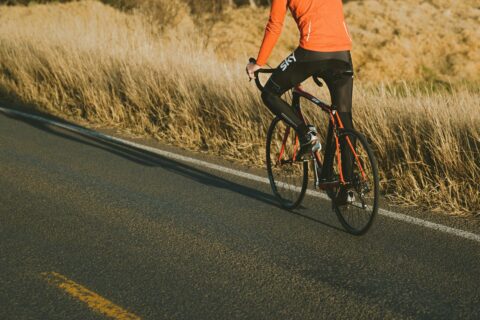
How long? How much? How many? Tapering can be a dark art, but we’ve got all your questions answered to help deliver you to your next start line ready to go.

Find out all the dos and don’ts of physiological testing as we break down VO2max and lactate/ramp testing.
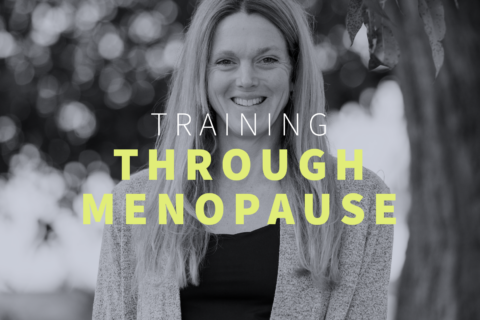
Dr. Stacy Sims gives her advice on how to coach women through all stages of menopause.

It can be difficult for male coaches to know their role in helping female athletes navigate performance in context of the menstrual cycle and hormones. Coach Bevan McKinnon shares his experience and learning on this topic and some helpful tools.